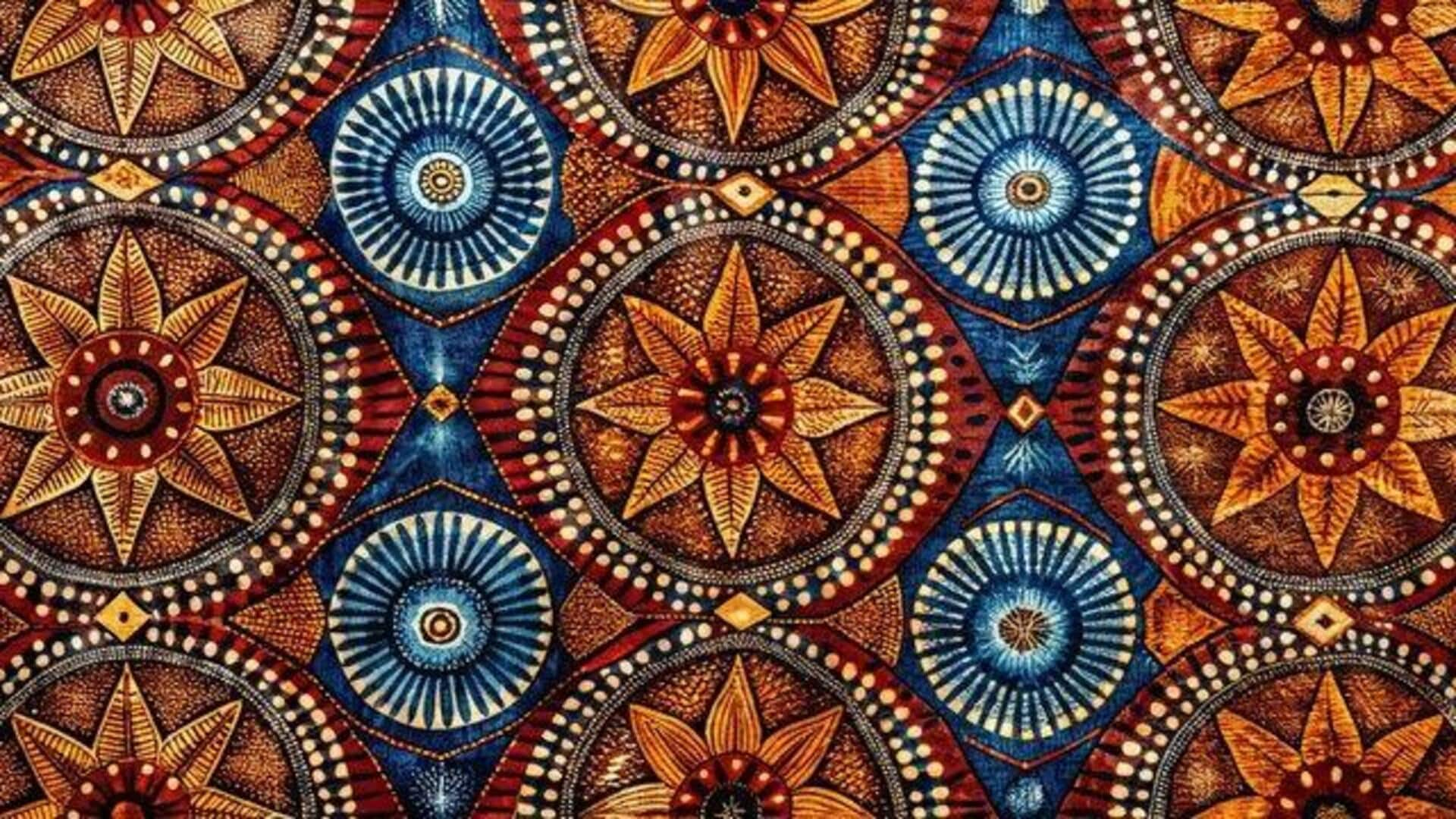
Exploring Adire fabric art
What's the story
Adire fabric art is a traditional textile dyeing technique that comes from the Yoruba people of Nigeria. It involves creating intricate patterns on cloth using resist-dye methods. Rooted in cultural heritage, this art form showcases the creativity and craftsmanship of African artisans. Each technique presents a unique approach to pattern creation, resulting in vibrant and distinctive textiles celebrated worldwide for their beauty and cultural significance.
#1
Tie-dye technique
The tie-dye technique is all about folding, twisting, or pleating the fabric before dyeing it. This technique creates unique patterns as the dye doesn't penetrate areas bound by string or rubber bands. This gives you a vibrant mix of colors with circular or linear designs. With this technique, you can never run out of creativity, as different folds create different results, making each piece unique.
#2
Starch resist method
In the starch resist method, cassava paste is applied to the fabric in particular patterns, ahead of dyeing. When dried, the paste prevents the dye from penetrating the fabric, keeping the original color underneath. Once dyed, the paste is washed away to bring out intricate designs. This method requires precision and skill to ensure detailed patterns come through clearly after washing.
#3
Wax resist technique
The wax resist technique involves applying melted wax onto fabric in desired patterns before submerging it into dye baths. The wax prevents dye absorption wherever it is applied, enabling artisans to create complex motifs with multiple colors through successive stages of waxing and dyeing. This labor-intensive process yields richly detailed textiles that highlight artistic expertise.
#4
Stitch Resist Approach
The stitch resist technique requires sewing temporary stitches into fabric to create gathered areas that resist dye penetration when placed in color baths. Once stitched and gathered tightly with threads or yarns, dyes are applied over these portions, creating beautiful linear designs once threads are removed after the dyeing process is completed.
#5
Folding techniques for patterns
Folding techniques are absolutely essential to adire artistry, as they determine how fabrics absorb dyes in the immersion processes. Accordion folds create symmetrical lines, whereas diagonal folds give dynamic zigzag effects on surfaces. Upon completion stages with rinses and drying cycles, optimal vibrancy is retained throughout usage periods. Thereafter, without fading concerns arising prematurely, due diligence is maintained consistently throughout production phases.